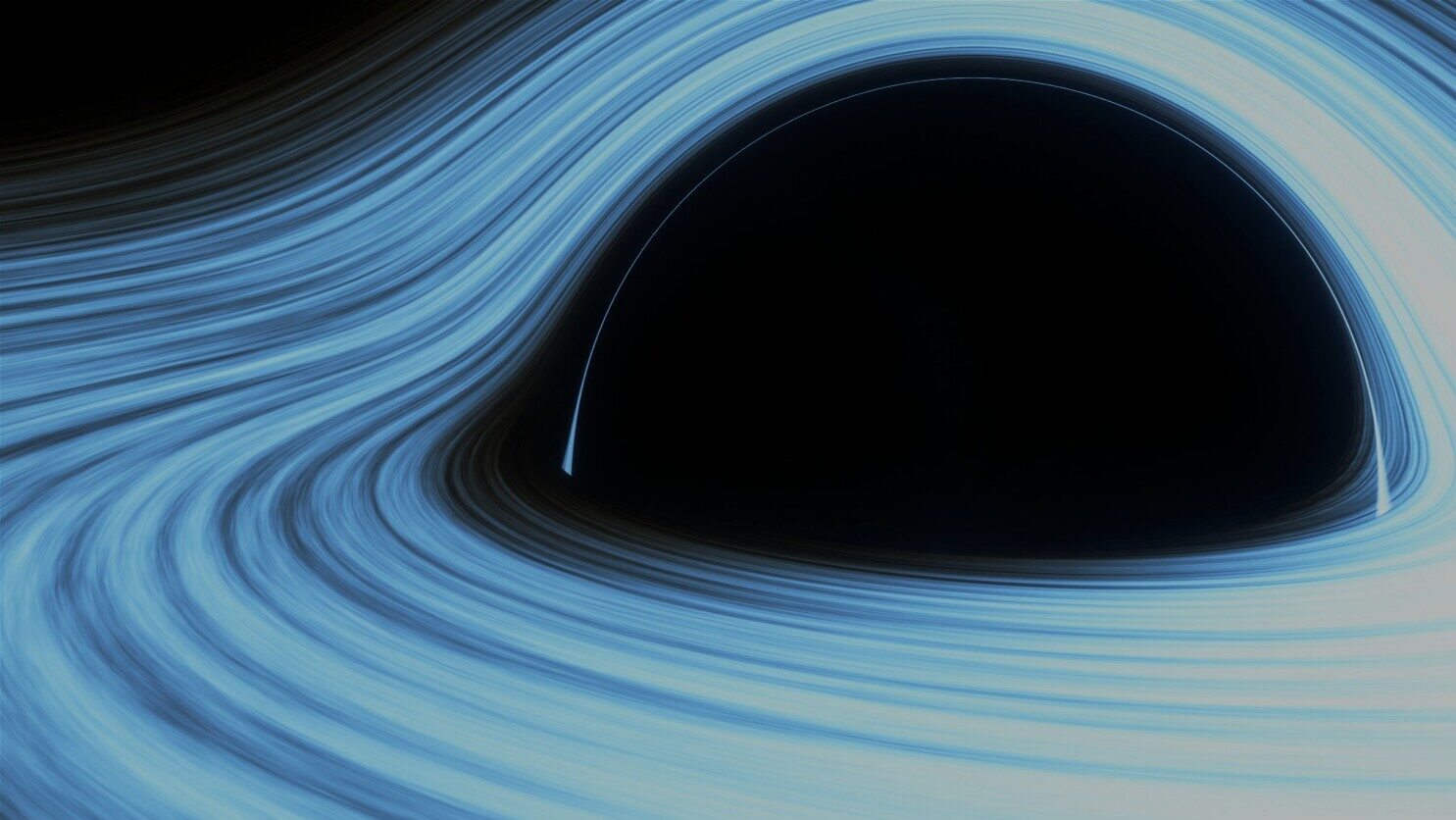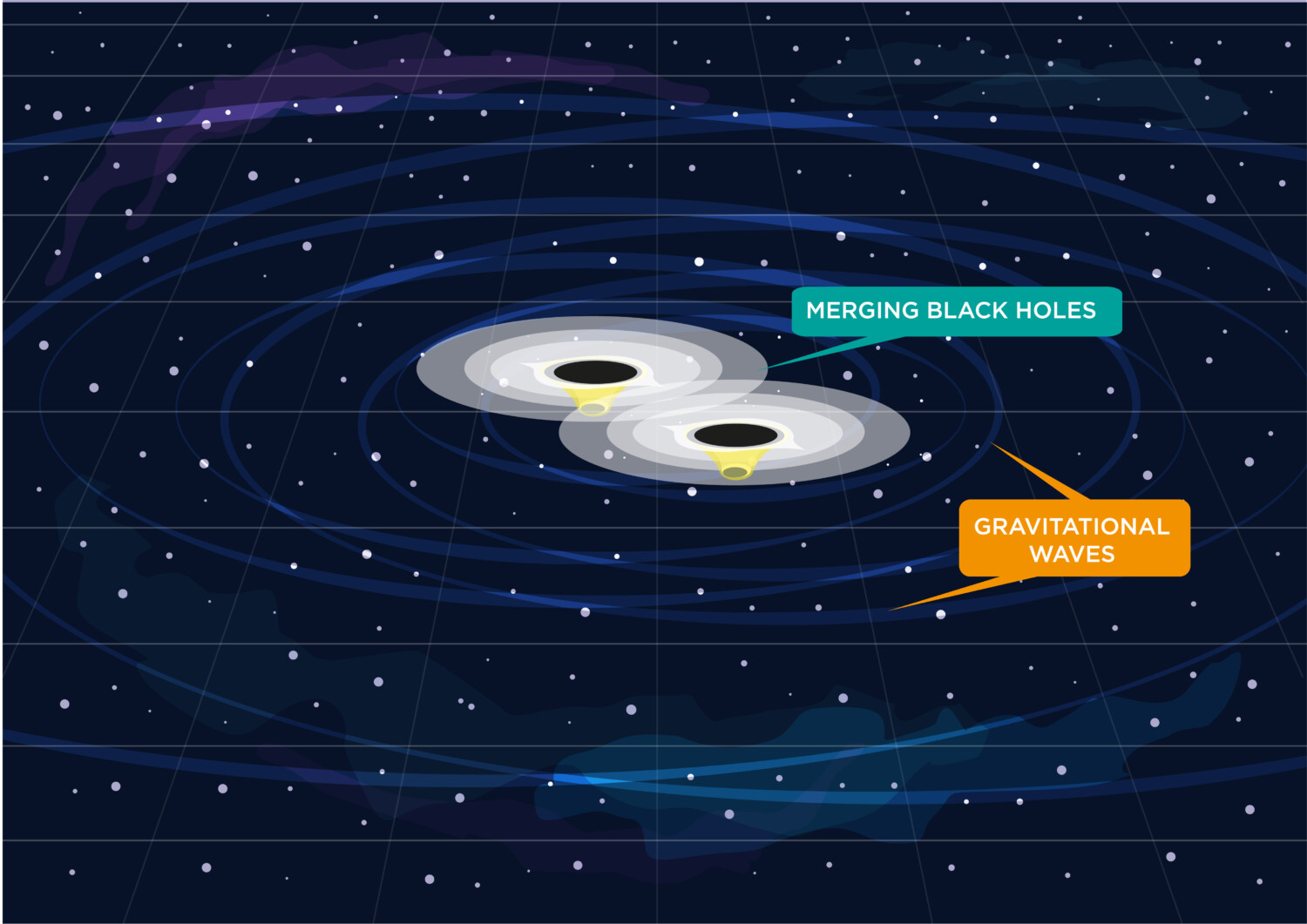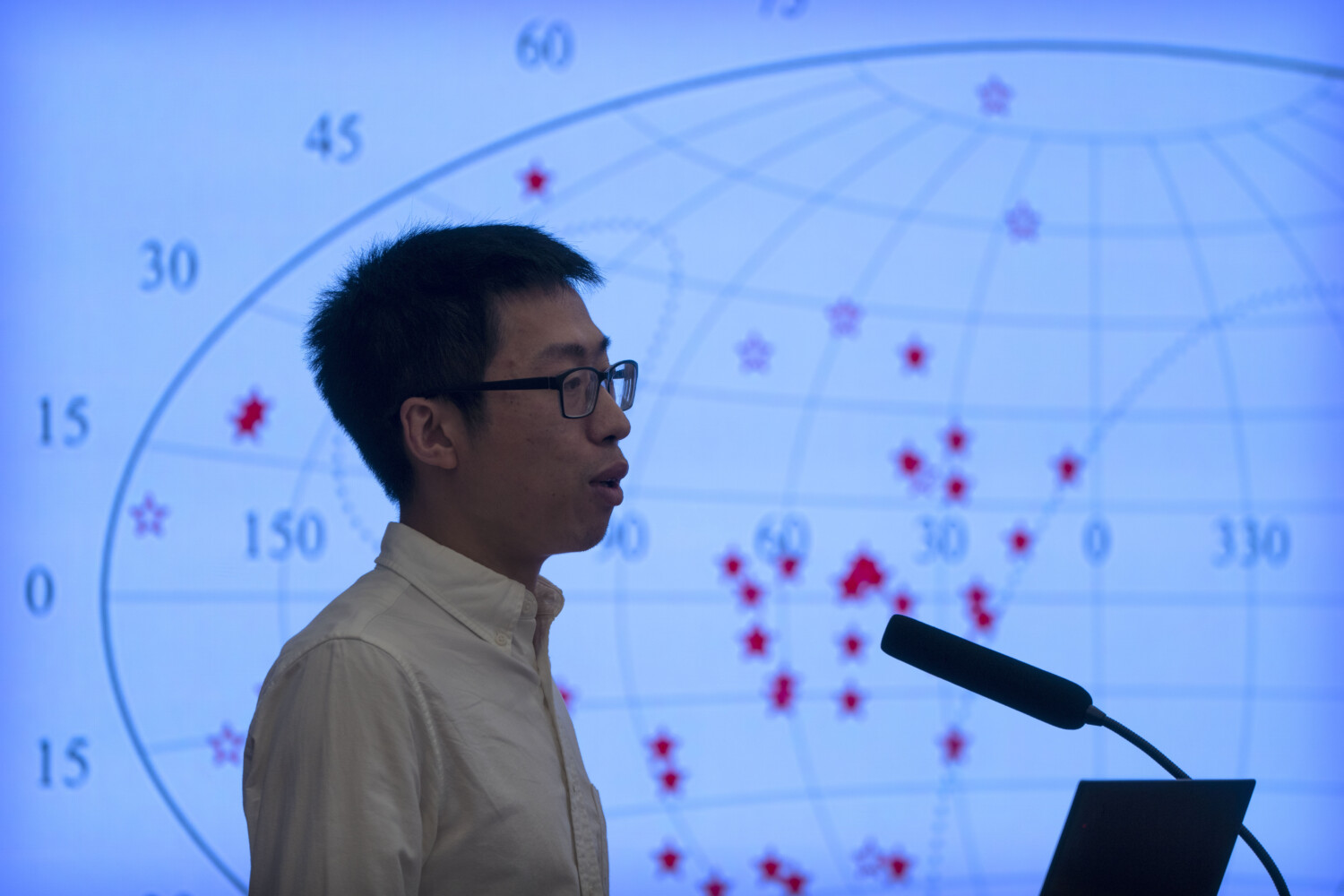Study finds universe is ‘bobbing’ on an ocean of gravitational waves

Calling all astronomy nuts! If you’re into outer space and all the mystifying news that comes with it, prepare yourself for this doozy. Recently-revealed results of scientific experiments have revealed that everything in the universe, including Earth, is being affected by what’s called a “gravitational wave background.”
Four independent scientific groups — The North American Nanohertz Observatory for Gravitational Waves (NANOGrav), the European-Indian Pulsar Timing Array (PTA), the Chinese PTA and the Parkes PTA in Australia — have released a collection of papers that together present convincing evidence that we live in a reality being moved around by space-time waves.
The Universe As A Cosmic Ocean
Think of the universe as a cosmic ocean, with waves caused when massive objects, most likely supermassive black holes, interact with one another. Supermassive black holes — which can be several billion times the mass of our sun, scientists believe — are at the center of every galaxy.
“What we measure is the Earth kind of moving in this sea. It’s bobbing around — and it’s not just bobbing up and down, its bobbing in all directions,” Michael Lam, a member of NANOGrav, told The Washington Post.
This discovery is exciting for several reasons, including the fact that it lends even more credence to Albert Einstein’s theory of relativity. Basically, Einstein’s theory says that massive objects warp the fabric of space-time. If those objects are interacting or moving, they should be sending out gravitational waves — fast, invisible ripples in space.
MORE: Scientists used ‘Star Wars’ to explain why this mysterious planet still exists
How The Gravitational Wave Background Was Discovered
Researchers were able to “hear” the hum of this gravitational wave background in the recently revealed experiments. In NANOGrav’s case, the results came from studying 15 years of data from 68 pulsars through multiple telescopes. The pulses from these fast-revolving neutron stars reach Earth so predictably that they could serve as accurate timepieces.
Scientists have been able to detect the presence of gravitational waves since 2015 — but the ones they initially picked up with the Advanced Laser Interferometer Gravitational-Wave Observatory (LIGO) were small and came from relatively tiny black holes.
Astrophysicists theorized that gravitational waves caused by cataclysmic events involving super black holes (like collisions, mergers and supernovae) would be very long and have low frequencies, to the extent that they would throw off the pulsar signals. But the deviation in the pulses is so slight in reality (we’re talking nanoseconds), it took the whole 15 years to detect that the ripple in space-time is actually happening.
MORE: Key ingredient needed for life is discovered on Saturn moon
More Research Is Needed
Additional time and more experiments can prove that this background exists and isn’t just random “noise” from the universe. More research could also help scientists learn more about supermassive black holes in general, which would yield more information about the universe.
“Understanding better the demographics of these supermassive black holes is going to help us understand how galaxies form and evolve,” said Parkes PPT researcher Ryan Shannon during the briefing, as reported by Science News.
The international scientific collaborators will take one concrete next step: combining their data sets. They’ll work to associate specific gravitational rays with actual black holes that have been observed through regular astronomical means. This could lead to the first detection of a supermassive black hole binary.
“We’re opening up a completely new window … on the gravitational wave universe,” said Maura McLaughlin, director of the NANOGrav Physics Frontier Center, said at the briefing.







